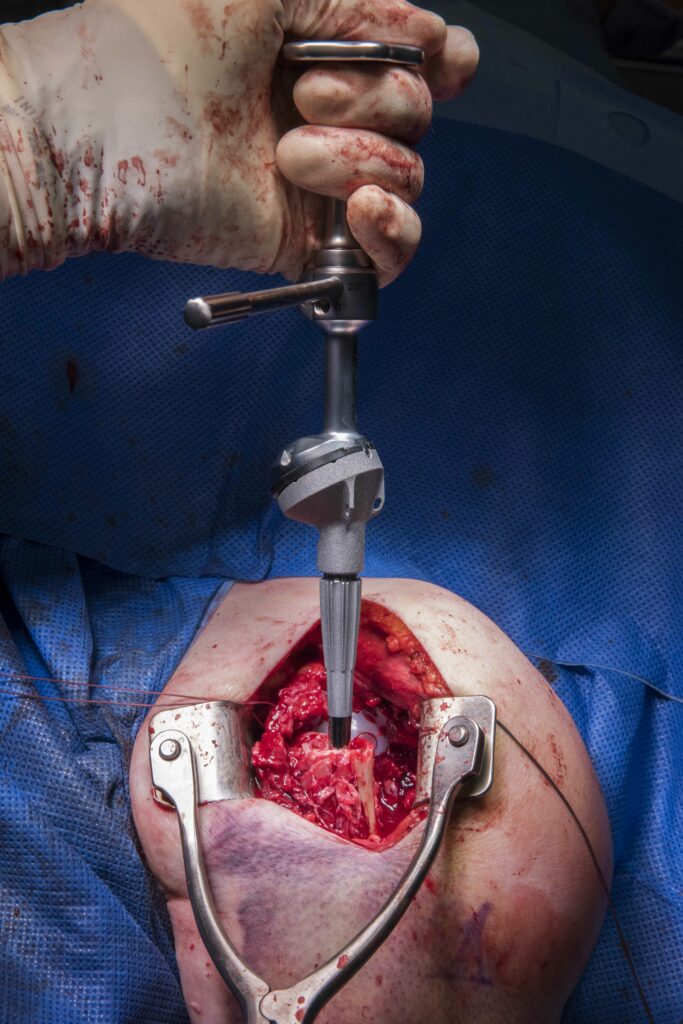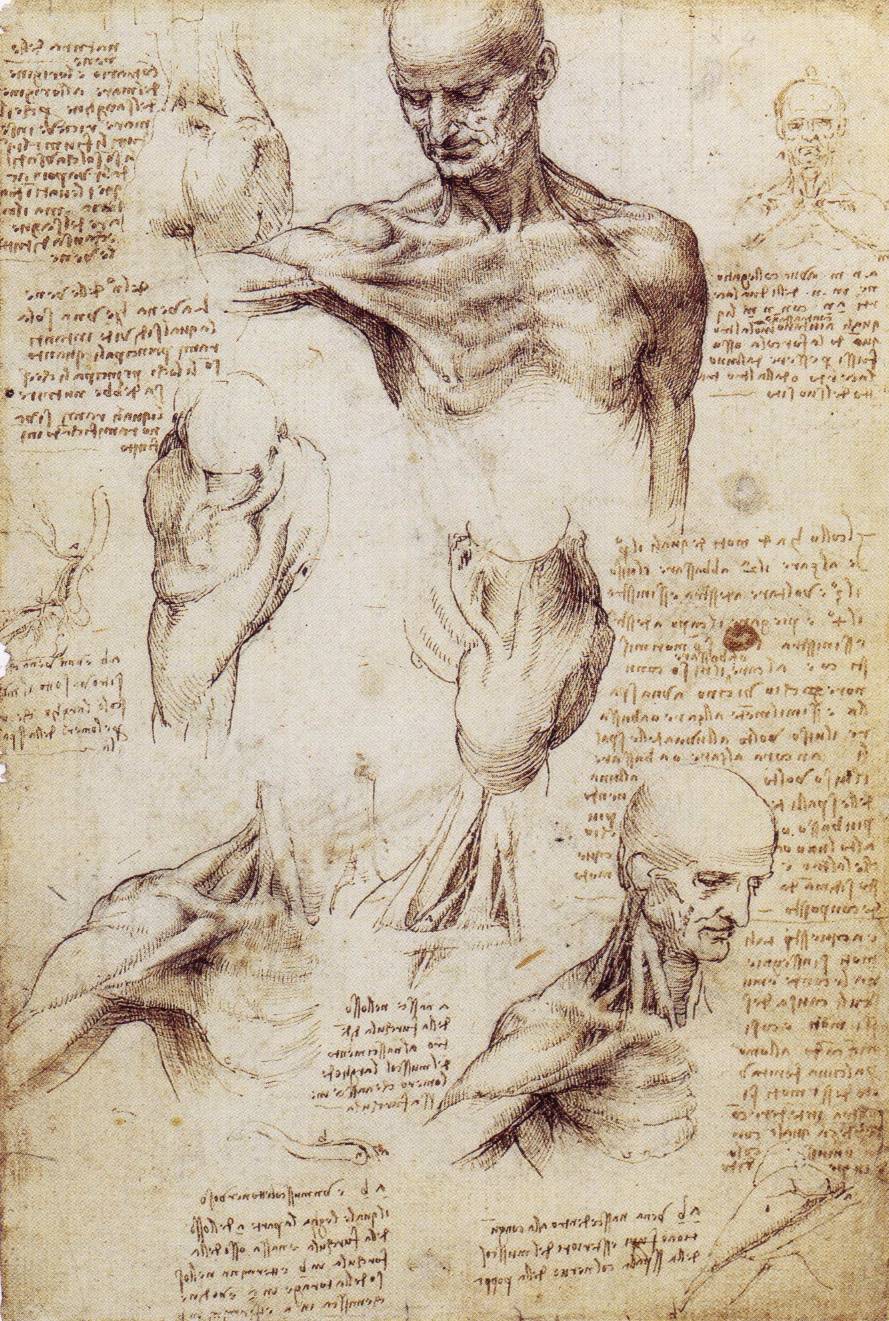
(see also: Physical Exam; Radiographic Studies for the Shoulder)
- Abductors of the Shoulder
- Acromioclavicular Joint / Acromioclavicular Joint Separation
- Acromioplasty
- Adhesive Capsulitis
- Anterior Inferior Glenohumeral Ligament
- Anterior Instability
- Anterior Shoulder Reconstruction
- Arteries of the Upper Limb
- Arthroscopy of the Shoulder
- Arthodesis of the Shoulder
- Arthroplasty of the Shoulder
- Bankart Lesion
- Blood Supply to the Humerus
- Biceps Tendonopathy (proximal)
- Caldwell cast
- Calcific Tendinitis
- Capsule of the Shoulder
- Clavicle Fractures
- Coracoid
- Dislocation / Instability
- Distal Clavicle Resection
- External Rotators
- Erb's Palsy
- Floating Shoulder
- Fractures of the Humeral shaft
- Frozen Shoulder
- Glenohumeral joint
- Hill Sachs Lesion
- Humeral Bone
- Internal Rotators
- Internal Impingement
- Impingement Syndrome
- Little League Shoulder
- MRI of Shoulder
- Multidirectional Shoulder Instability
- Mumford Procedure
- Neoplastic Differential Dx
- Neuropathic Shoulder
- Obstetrical Paralysis
- Os Acromial
- Osteonecrosis of Humeral Head
- Parsonage Turner Syndrome
- Physical Exam
- Proximal Humeral Fracture
- Proximal Humeral Physeal Injuries
- Radiographic Studies for the Shoulder
- Reverse Shoulder Arthroplasty
- Rotator cuff tear
- Scapula
- Shoulder Capsule
- SLAP Lesions
- Sternoclavicular Joint Injury

- Stinger / Burner
- Subacromial Bursa
- Surgical Approach
- Throwing Injuries
- Thoracic Outlet Syndrome
- Three Part Fractures
- Tumors of the Shoulder
- Winging of Scapula

